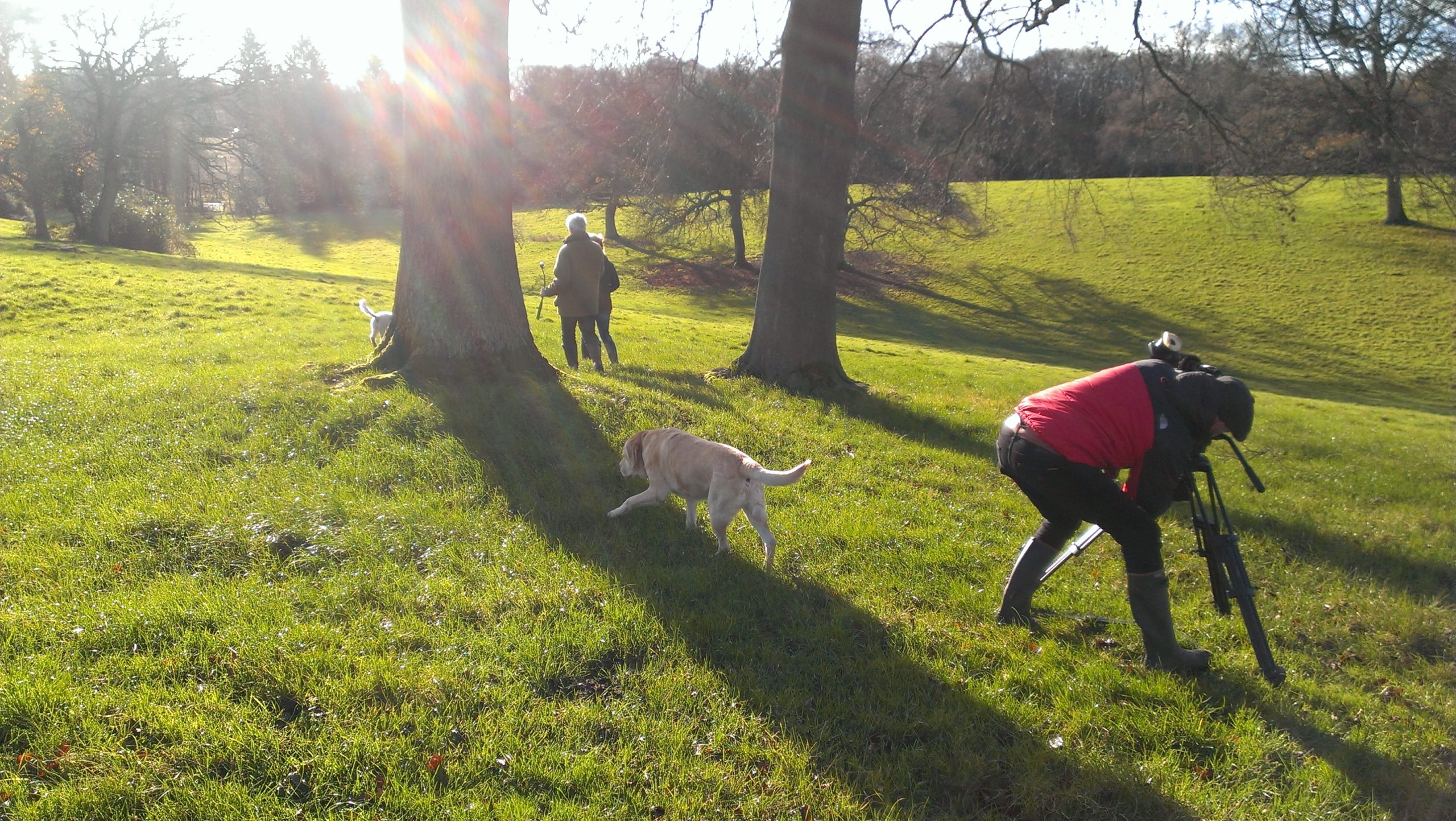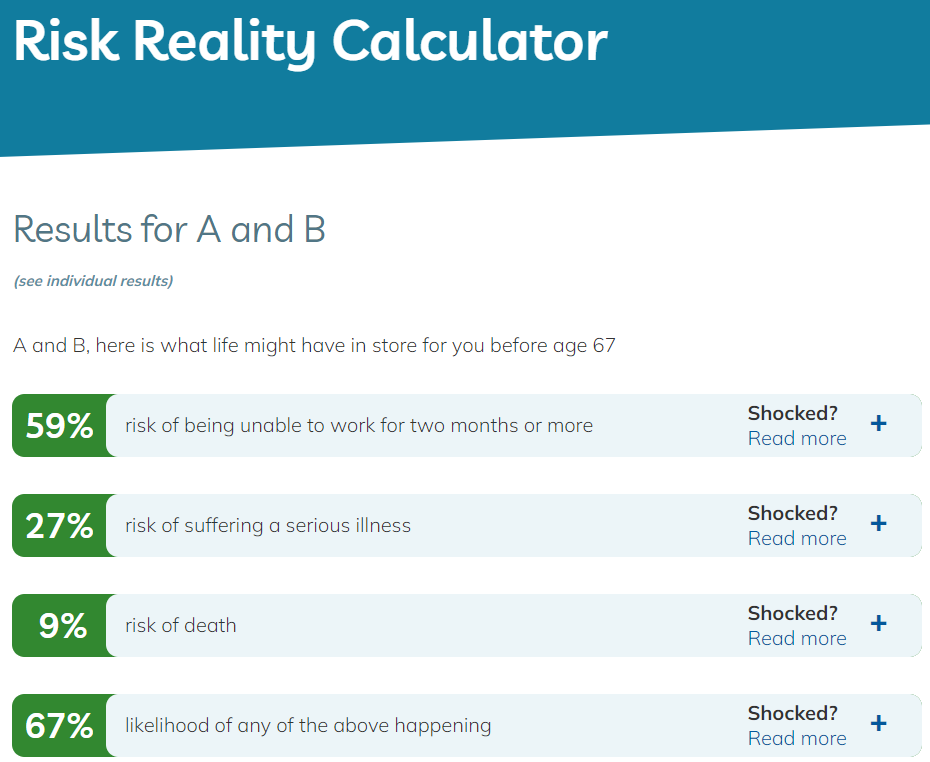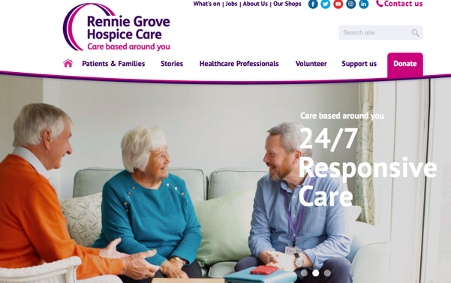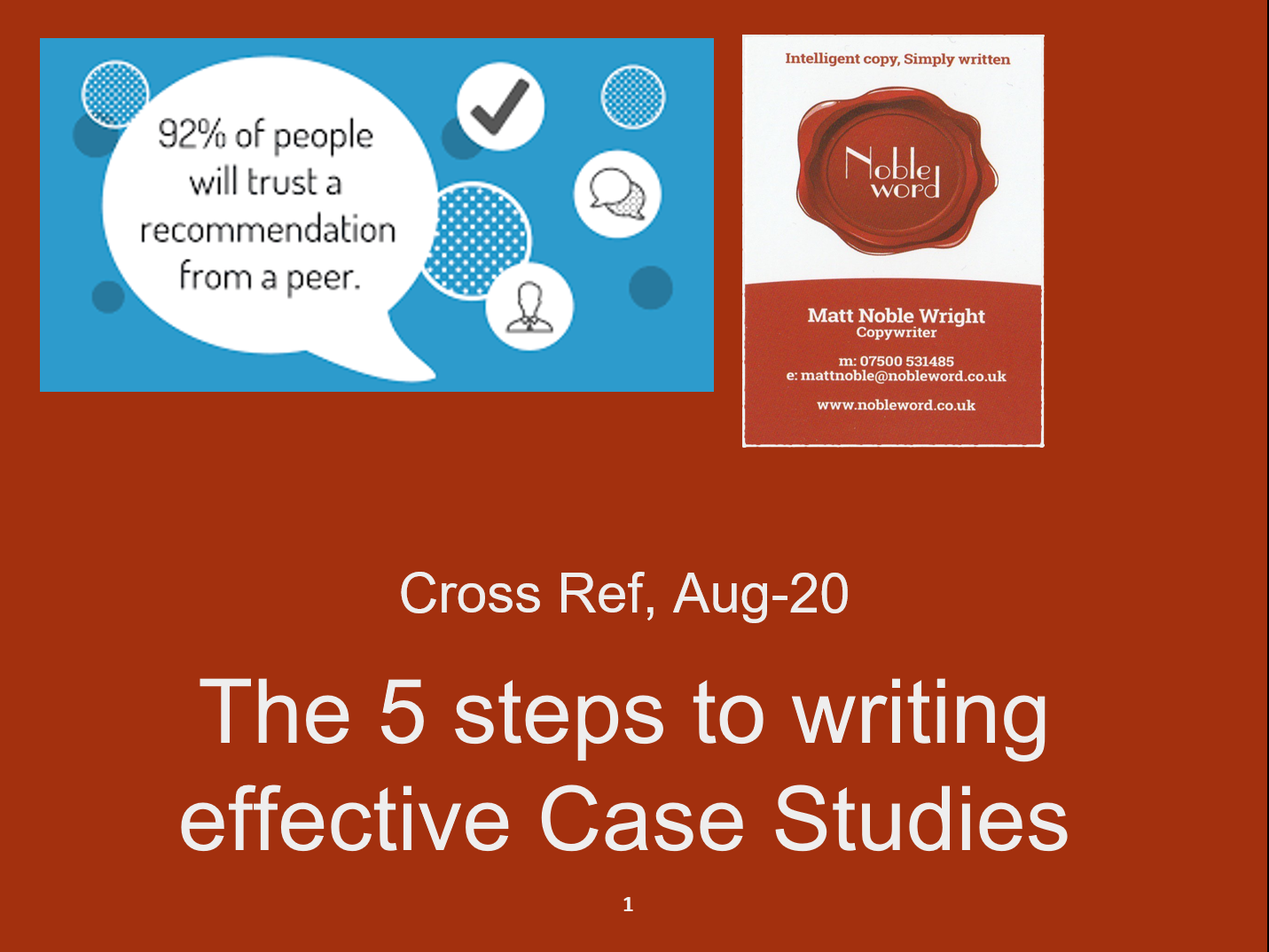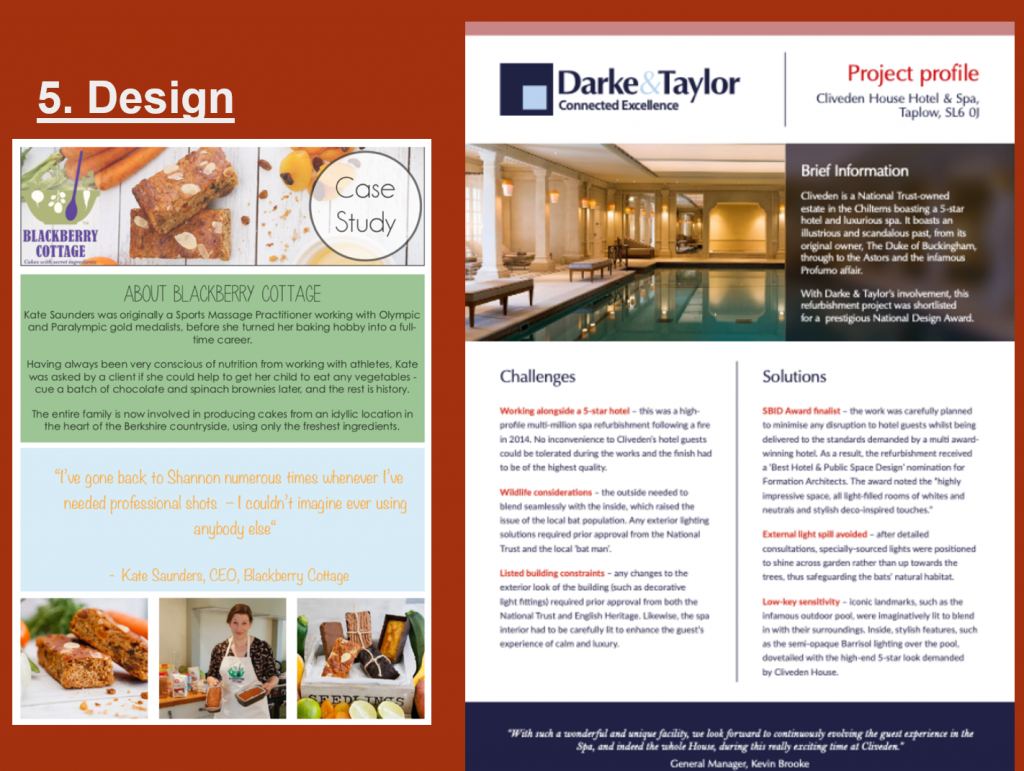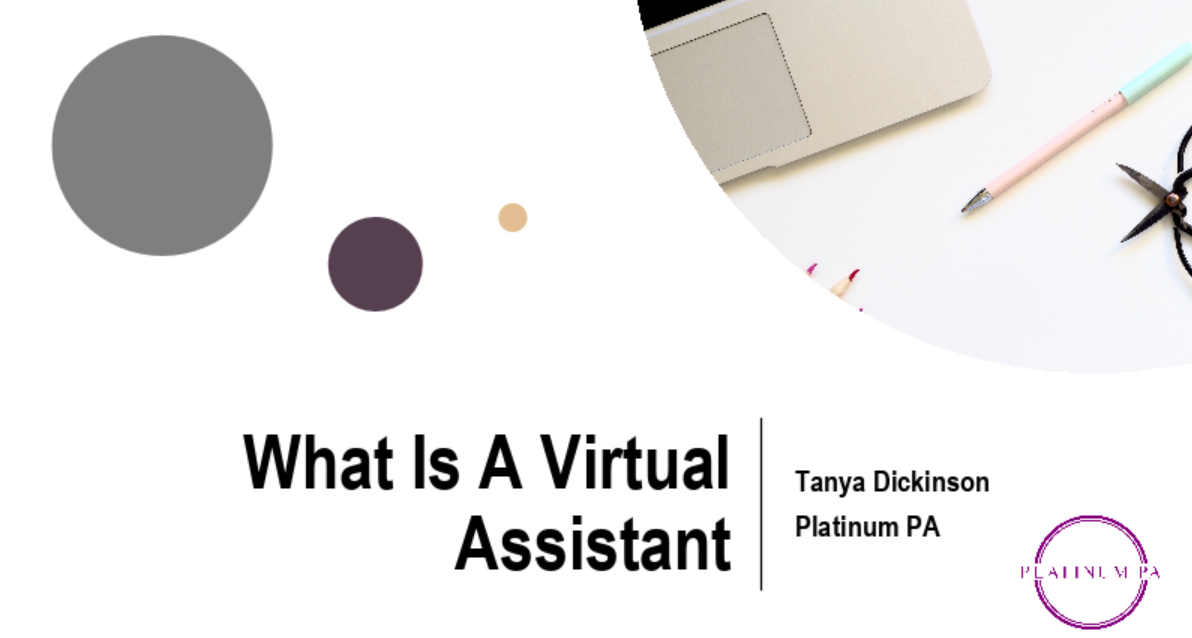“You see, but you do not observe. The distinction is clear.”
Sherlock Holmes
One theme
An image can be evocative and eye-catching, but does it convey the necessary detail? A document can be well-written and detailed, but will it capture the imagination? A video combines the two, being visual, memorable and rich in information.
Two examples
| Chesham Town Planning | HouseSitMarket |
| ISSUE: How to encourage people to engage with a dry, technical subject? | ISSUE: How to convey a unique new offering to potential customers? |
| Traditional video: talking heads interspersed with background shotsCoordination: one-to-one interviews can be conducted in different locations and at different times | Storytelling video: tells the story of the offering through using real customersCaptions: highlights key points and can be dubbed into different languages at a later stage |
| RESULT: there was a huge pick-up in engagement with local people who were previously ignorant about the Council’s development plans. | RESULT: this was the most successful video the company had ever made, and subsequently can be dubbed into different languages. |
Three uses: website, social media, hard copy
A video is a great source of marketing material, which can be reused and recycled:
1. Website: this is the most obvious place to put a video, enhancing the ‘stickiness’ of your Home page.
TIP: Take One load videos onto YouTube which, as well as providing an easy-to-use link, opens up another marketing avenue and helps with SEO – remember that YouTube is owned by Google!
2. Social media: snippets from the video make great teaser material on social media platforms (e.g. Facebook) and networking platforms (e.g. LinkedIn), linking back to the source video on the website
3. Hard copy: OK, the hard copy (such as a brochure or flyer) doesn’t write itself, but you can reuse stills from the video and the hard work of ‘writing’ the story has already been done for you.
Conclusion
Take One have prepared countless video Case Studies, so we know what format would work best for you and we know how to shoot your video to give you the widest usage down the line.
